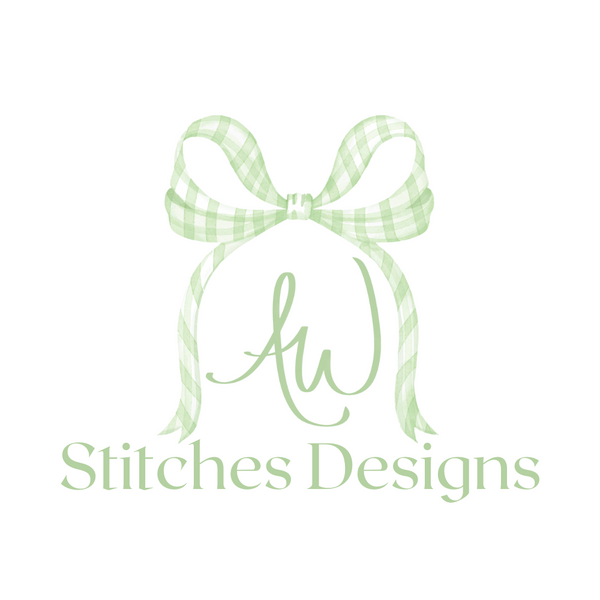Choosing the right needle size is essential for achieving the best results in any embroidery project. Different fabrics and projects require different needles, and using the correct one can make all the difference in the quality and appearance of your work. I prefer using Schmetz embroidery needles for my various projects. Here is a comprehensive guide to help you select the right needle size for various types of fabrics and projects.
Understanding Needle Sizes
Embroidery needles come in various sizes, which are typically denoted by numbers. The higher the number, the finer the needle. The size of the needle affects how the thread interacts with the fabric, which in turn affects the overall look of your embroidery.
Choosing the Right Needle Size for Your Fabric
1. Lightweight Fabrics (e.g., Silk, Organza, Voile)
- Needle Size: 60/8 to 70/10
- Details: Lightweight fabrics are delicate and require a finer needle to avoid creating large holes or damaging the fabric. These smaller needles are gentle on thin materials while still allowing for precise stitching.
Where to purchase: Lightweight Fabric Needle

2. Medium-Weight Fabrics (e.g., Cotton, Linen, Polyester)
- Needle Size: 75/11 to 80/12
- Details: Medium-weight fabrics are the most versatile and are commonly used in embroidery. A size 75/11 or 80/12 needle works well for most medium-weight materials, providing a balance between durability and smooth stitching.
Where to purchase: Medium-Weight Fabric Needle

3. Heavyweight Fabrics (e.g., Denim, Canvas, Leather)
- Needle Size: 90/14 to 100/16
- Details: When working with thick, tough fabrics like denim or leather, you need a larger, stronger needle to penetrate the material without breaking. Larger needles are also better suited for thicker threads used on these heavy fabrics.
Where to purchase: Heavyweight Fabric Needle

4. Stretchy or Knit Fabrics (e.g., Jersey, Spandex, Lycra)
- Needle Size: 75/11 to 90/14 (Ballpoint)
- Details: Stretchy fabrics benefit from a ballpoint needle, which is designed to slide between the threads of the fabric rather than pierce through them, preventing damage and maintaining the stretchiness of the fabric.
Where to purchase: Stretchy or Knit Fabrics

5. Delicate Embroidery Projects (e.g., Monogramming, Fine Detailing)
- Needle Size: 60/8 to 70/10
- Details: For intricate embroidery work that requires fine detailing, such as monogramming, a smaller needle allows for greater precision and finer stitches.
Where to purchase: Delicate Embroidery Projects Needle

6. General Embroidery Projects (e.g., Appliqué, Standard Designs)
- Needle Size: 75/11 to 80/12
- Details: For most embroidery projects, a standard needle size of 75/11 or 80/12 will be sufficient. This size works well with a variety of threads and fabrics, making it a go-to for general use.
Where to purchase: General Embroidery Projects

Matching Needle Size to Thread Type
- Thin Threads (e.g., 60 weight)
- Needle Size: 60/8 to 75/11
- Details: Finer threads require a smaller needle to create delicate stitches without overwhelming the design.
- Standard Threads (e.g., 40 weight)
- Needle Size: 75/11 to 80/12
- Details: The most common thread weight, 40 weight, pairs well with needle sizes 75/11 to 80/12, making it ideal for general embroidery.
- Thick Threads (e.g., 30 weight)
- Needle Size: 90/14 to 100/16
- Details: Thicker threads need a larger needle to accommodate the bulk and prevent thread breakage during stitching.
Tips for Selecting the Right Needle
- Test on a Scrap: Always test your needle and thread combination on a scrap piece of fabric before starting your project to ensure the best results.
- Change Needles Regularly: A dull or bent needle can cause skipped stitches and damage your fabric. Change your needle every 8-10 hours of stitching or when you notice any issues.
- Use Specialty Needles When Needed: Specialty needles like metallic, topstitch, or quilting needles are designed for specific tasks. Use them when working with challenging threads or fabrics to achieve the best results.
Conclusion
Choosing the right needle size for your embroidery projects is crucial for achieving professional-looking results. Whether you’re working with delicate silks, sturdy canvas, or stretchy knits, there’s a perfect needle size for the job. By matching your needle size to your fabric and thread type, you’ll ensure that your embroidery is not only beautiful but also durable.
Remember, my go-to threads are Floriani and Isacord, which are available at SewingMachine.com. These threads work seamlessly with the needle sizes recommended above, providing reliable performance for both hand and machine embroidery.
Happy stitching!

